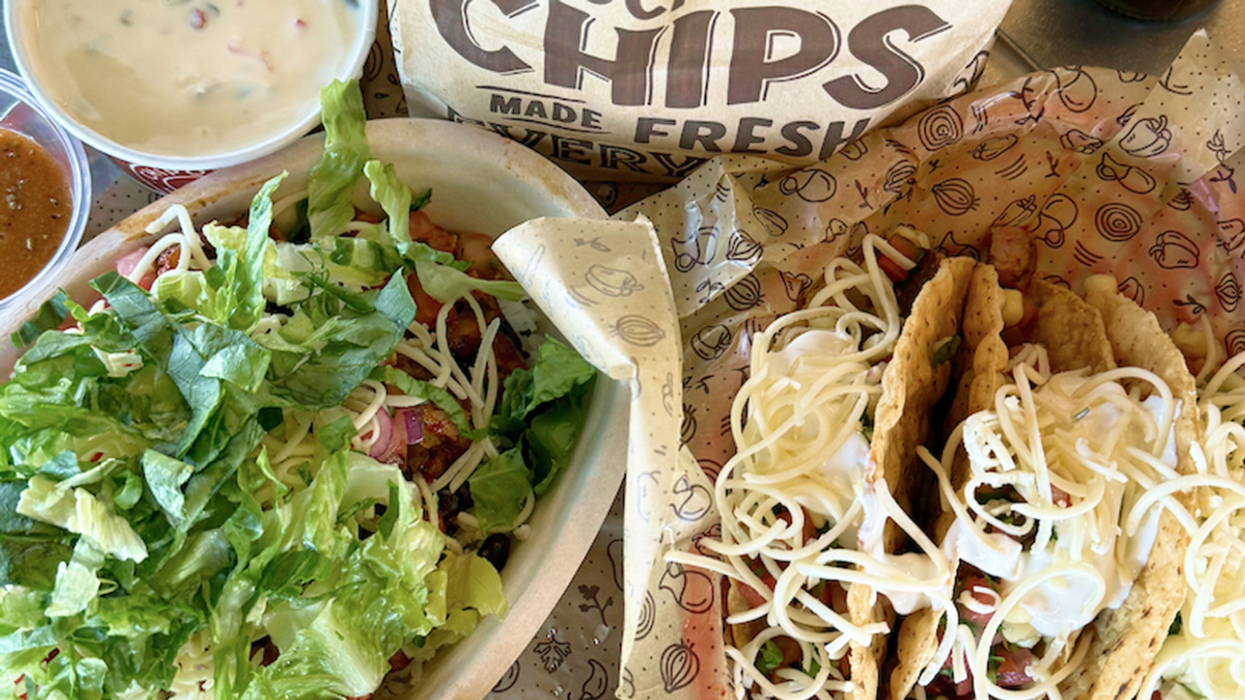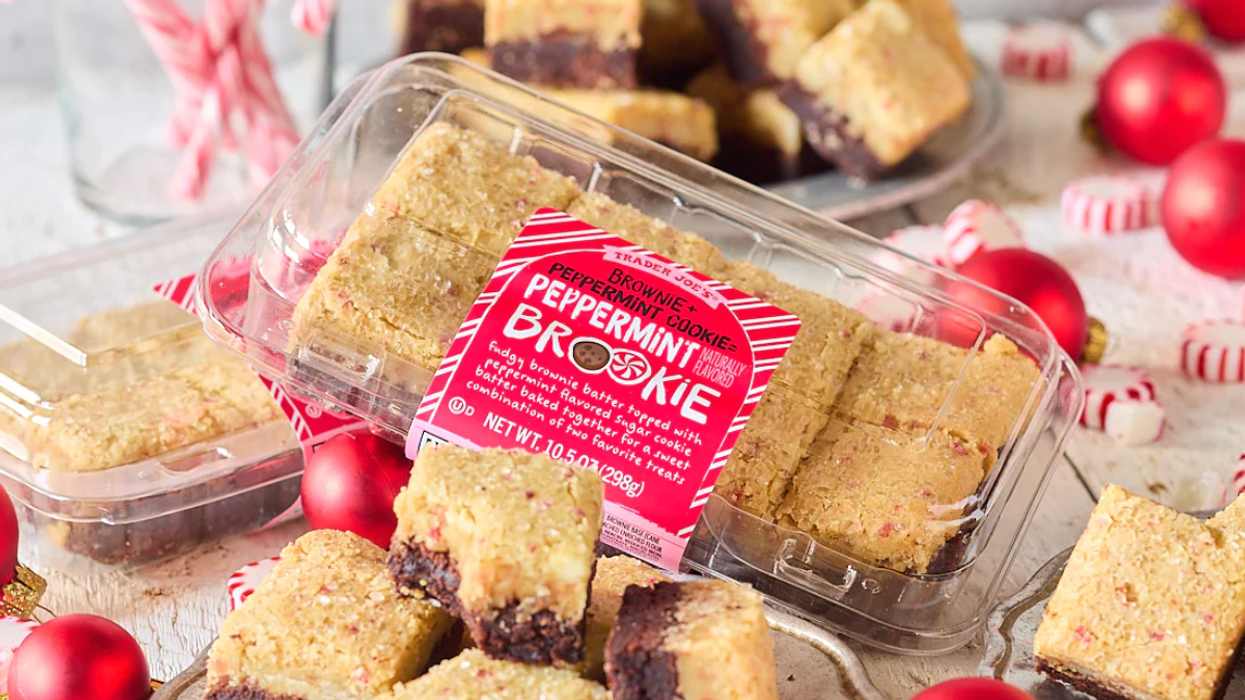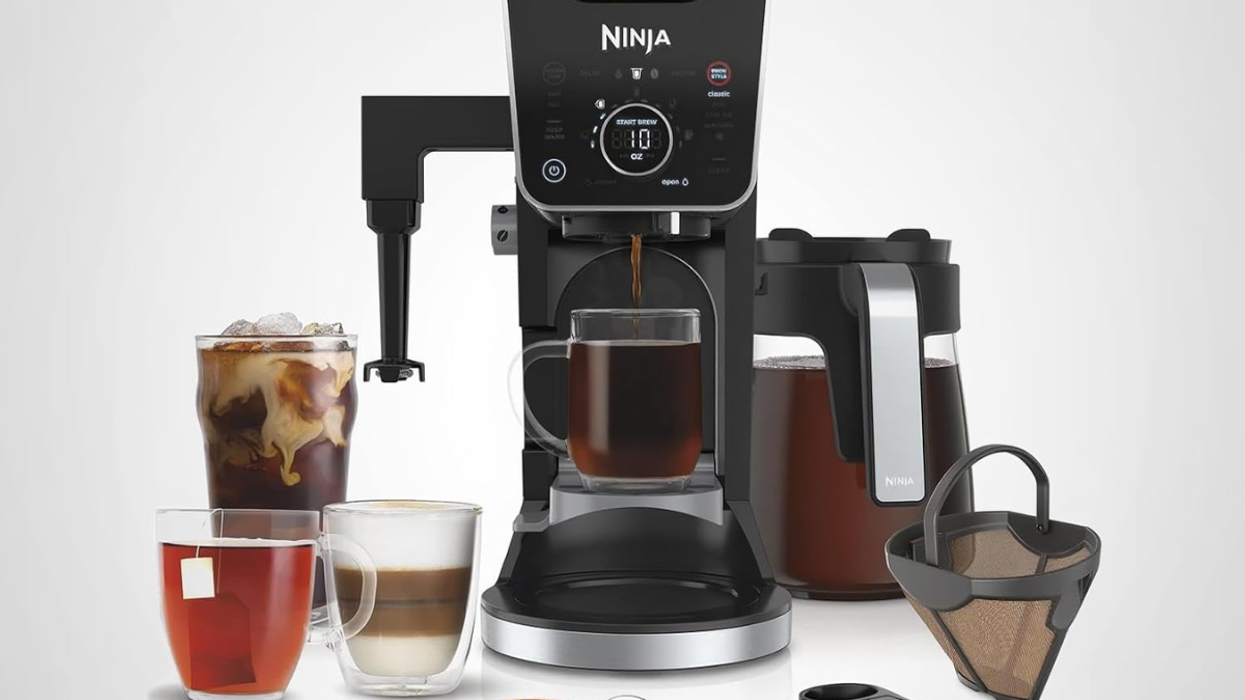Navigation matters.
How To Create An E-Commerce Business That Sells

In our new series, Selfmade U, we’ll tackle the most common questions and pain points that come up for business owners with tips and tricks from Selfmade, a virtual business coaching program, led by Brit + Co founder Brit Morin and sponsored by Office Depot OfficeMax. We’ll hear from Selfmade alum, business coaches, and Brit herself on what it takes to run a successful business and make it as an entrepreneur.
Launching an e-commerce business has its own set of challenges when you’re just starting out. Do you invest in building an e-commerce website or do you sell directly from an online marketplace? How do you use data to drive sales? How do you convert more people in your checkout flow? In her Selfmade workshop, Building an E-commerce Website That Sells, Brit + Co’s Ana Pischl says that you don’t necessarily need a website to sell your product or service. “But you may need to grow your email list so you get more purchases; test which value proposition works best for your target market; and collect payment for your products or services.”
Mari Luangrath-Ullrick, founder of peckopecko, was inspired to launch an online business when she read her son’s college essay, which presented technological solutions to regular everyday problems. “He was thinking about AI-generated solutions for basic home repairs,” she says. Eager to build a business around something she felt passionate about, Luangrath-Ullrick decided to take an AI approach to solving the food waste problem in America. Food waste in the U.S. is estimated at between 30 to 40 percent of the food supply.When she heard about the Selfmade pitch competition, Luangrath-Ullrick knew she needed to join the program. “That was the kicker for me because I know that if I don't have a deadline, if I don't have a goal that I'm working toward, then I could work aimlessly forever on this project.” She leveraged the Selfmade community to hold herself accountable to deadlines. “That really helped me pull together a concept, make it communicable, and make it very palatable for the demographic that we're serving to try to get initial users, feedback and survey data that we could submit for the competition. That was over and above worth the experience for me.”
Luangrath-Ullrick placed third in her cohort’s Selfmade pitch competition with peckopecko, a platform that combines restaurant inventory systems with modern technology to take a human and AI-driven approach to reduce food waste, educate people on how to preserve their groceries and create more precise shopping lists.
“It's much more scalable if it's online and we're able to test a lot of variables and respond to feedback with a more agile mindset,” says Luangrath-Ullrick. “With technology, everybody has their phone, everybody has access to text messages, so we are starting out doing primarily text messages as reminders to folks when their produce is going to go bad. This way they know to use them up beforehand and pair them up with various recipes or preservation methods to salvage what they have in their fridge before it goes into the trash can.”
Meet your customers where they are
In her Selfmade workshop, Pischl reminds students that a website is a tool you use to meet your business goals. “Think about your business goals and whether a website would meet those goals and how,” she says. “Say you have an amazing IG presence. Why create a site when you can sell directly to your customers where they are?”
Luangrath-Ullrick has been able to reach her target audience, mostly moms, through word of mouth in her Chicago area; focusing on PTA meetings, little league games, and local volunteer work as a low cost and very effective way to let people know they will save money on their groceries. “It seems like everybody gravitates toward that message,” she says. “Especially in these mom-based communities, referrals go very quickly and spread like wildfire. They're also very good at scrutinizing what doesn't work. And we need to be very open to that feedback.”
Now in beta, peckopecko has a waitlist of subscribers. Luangrath-Ullrick says so far engagement is good enough to drive sales and get people curious. “When we're able to grow out of this geographic region and confidently scale out, I envision using social media as a platform and just doing a lot of content creation around educating customers on the stats behind food waste and how much of an impact individual households can have in reversing the climate crisis, in addition to saving money, being more efficient with their groceries, and really just developing a better, more eco-conscious way of approaching their grocery list.”
Keep an eye on data
Beyond sales per month and year, you want to look at the following data available on your website development dashboard:
- Sessions or sales by location - Where are your users coming from and how that might impact your shipping rates, languages, etc.?
- Sessions or sales by traffic source - Are customers coming directly, via referral, or via social media? If you run a social media campaign that gets a lot of sessions but not sales, you might want to take a different route. “Maybe your email garners more sales, for example,” says Pischl.
- Online store conversion rate - From all sessions on your site, which percentage converted to sales? A good conversation rate is 1 to 3 percent.
- Average order value - This is the average amount customers order. This will vary by what you price your products, but it’s something to keep in mind when pricing your products.
- Shopping cart abandonment rate - The average rate falls between 70 to 85 percent.
“We survey a handful of customers who we find are more engaging and ask for their feedback on a regular basis,” says Luangrath-Ullrick. “I also follow the sprint method.” For peckopecko, that means building a new feature every five days and then launching it so people can share their experiences in an hour-long conversation. “It's more UI/UX stuff, but we've been making sure that what we're building is yielding the behavior that we want from the customer,” she says.
Entice customers to return
Pischl also suggests paying close attention to your returning customer rate: How many people are coming back to your site? “This is a really good number to keep in mind because you want to keep reengaging people coming to your store,” says Pischl. “Maybe you want to increase sales so you might want to email those customers about a similar product.”
Make it easy to navigate
For a website or marketplace that engages customers, you want to have:
- Consistent branding
- Good product photos
- Emotive language
“Ultimately, people make a decision on whether your website is for them in 50 milliseconds. That’s a really short amount of time,” says Pischl. People respond more favorably to things when they understand them quickly so consider bite-size content when explaining how your product or service works. This is where you want to go with convention versus against it too.
“People have an idea of what an ecommerce site looks like – don’t stray too far from the norm and confuse them. Make your site simple and familiar,” says Pischl. Audit your homepage (and your competitors) and create a customer journey map: Who is it for? What do you want them to do next? How many steps does it take to convert sales? Score each page and figure out if there are any pain points along the journey, and decide where to invest to make those changes.
Know your customer
Luangrath-Ullrick found that her base users wanted a simple solution, but investors in the tech space expect more bells and whistles. “A lot of folks who are in the tech space don't understand the demographic that we are serving. What I'm seeing in our base users is that they don't want all of those add-ons [that investors expect],” she says. “They feel more comfortable having a text conversation with somebody who's going to help them, as opposed to having an app that has a robot doing all of that for them.”
For her Selfmade pitch win, Office Depot OfficeMax awarded Luangrath-Ullrick with a gift card to help her accomplish more in her business. “I’ll primarily use it for print materials, because they're so expensive these days. And I know that my local store is going to be able to get things out quickly and help me do these quick test runs. Do these business cards work? Do these flyers work? Does this poster work? Do I need more of this or do I need to do more SEO?”
Success for Luangrath-Ullrick has two sides. “First is that we are able to impact and reverse the climate crisis in a tangible way. Reducing the EPA household food waste by even 10 percent would be one of the most impactful things that we could do as an American society,” she says. “Second, we'd like to be able to reach a certain volume of customers so that we can track with metrics just how much impact we're having, not only on the environment, but also on their wallets.”
To learn more about growing your business, sign up for the !
Illustrated by Daniela Jordan-Villaveces
Build an online business take IRL support. Office Depot OfficeMax can help you organize & save time with a suite of business services & solutions to help you accomplish more. Make a good first impression with business cards & build the business pitch of your dreams with custom presentations. With Office Depot OfficeMax it’s never been easier to create the business of your dreams.

















